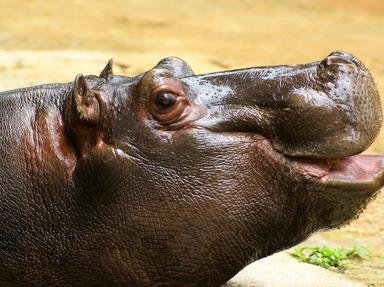Quiz Answer Key and Fun Facts
1. The largest living reptile in the world can be found in northern Australia, southeast Asia, and the east coast of India. What is this large animal, thought by many to be directly descended from the dinosaurs?
2. Which fish, touted by Theodore Roosevelt as "the most ferocious fish in the world", is quite timid despite their razor sharp teeth and penchant for meat?
3. The Brazilian wandering spider, branded the world's most venomous spider, is known by what common name, after its liking for hiding in fruit and plants?
4. Which innocuous sounding snake is highly aggressive, highly venomous, very fast moving and native to Australia?
5. Despite being small and docile, which marine creature sports iridescent markings when agitated and is capable of killing a human within minutes?
6. Although quite striking to look at and prized for its shell, which marine creature uses a barbed radula tooth as a harpoon in order to poison its victims?
7. While this whiney creature is very small, it is dangerous to both humans and livestock as a source of disease transmission.
8. These insects, the result of an experiment gone wrong, may sound sweet and innocent but do not be fooled. They are very defensive, attack unceasingly, and are capable of delivering up to 500 stings in thirty seconds. What are these dangerous oviparous insects that were accidentally released in the wild in 1957?
9. Which fly lays its eggs on mosquitoes for transfer to humans or other animals where they hatch into parasitic larvae, burrowing into the host's flesh?
10. This fish, apart from being ugly, resembles coral, can live out of water for up to 24 hours and may cause pain severe enough to leave the victim begging for an amputation.
Source: Author
leith90
This quiz was reviewed by FunTrivia editor
Tizzabelle before going online.
Any errors found in FunTrivia content are routinely corrected through our feedback system.

